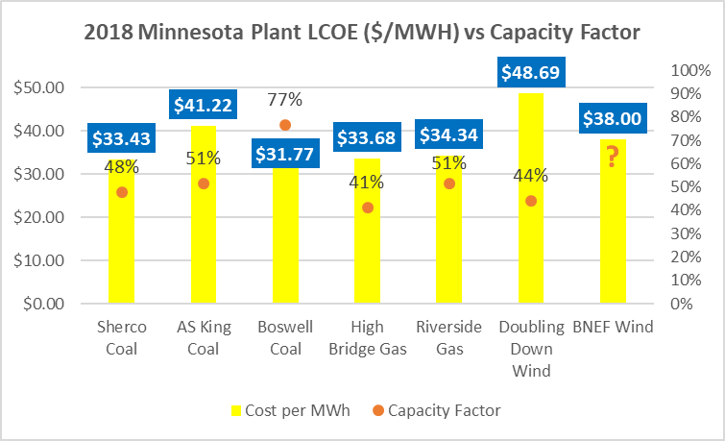Xcel Energy Provides Strong Testimony Against the Community Solar Program
I have a lot of policy disagreements with Xcel Energy, but I firmly believe it is important to give credit when credit is due. The video below is from last week, and it shows Rick Evans of Xcel Energy testifying about the huge inefficiencies related to the Community Solar program. Evans makes many of the same arguments Center of the American Experiment makes about wind and solar every day.
Evans states:
“Our customers are required to pay triple the cost of solar energy, in an unlimited quantity, that comes on to our system regardless of whether we need it or not.
First of all, the financial transaction is extremely regressive, it takes money from the poor and gives it to the rich. That’s just the way the money flows, it wasn’t the design, it wasn’t the intention, but it’s the way the money flows.
We have priced this energy in structure where it is unconnected to market prices, it is also unconnected to cost.
Three, this program is having a tremendous negative impact on our customers in an extremely regressive way, and the provisions of the bill that we’re talking about today would only make matters worse.”
All Xcel Energy customers pay the value of solar rate for community solar garden energy, which is about three times the cost of solar energy we could acquire on the market. All customers pay it. Our C and I customers, our small business customers, our government customers, and our residential customers.
About 20 percent of our residential customers are low income customers, and I’m going to talk a little bit about that in a minute, but they all pay, they all pay three times the cost, three times the market cost, of solar energy.”
Clearly, Xcel understands that the value of solar is far lower than the price paid for it. However, it isn’t just community solar that drives up costs for consumers, it is all solar.
Using recently-released data from the Federal Energy Information Administration, American Experiment calculated the levelized cost of energy from solar facilities and we found it would cost about $60 per megawatt hour (MWh), which is nearly twice as expensive as electricity generated at Xcel’s Sherburne County coal facility, which Xcel wants to shut down several years before the end of its useful lifetime. The graph below was made using data from the Federal Energy Regulatory Commission (FERC).

This means Xcel wants to close down a more affordable source of electricity for a more expensive one. Furthermore, the cost of solar does not accurately reflect it’s value, because it is far less reliable than coal-fired power plants.
It is encouraging to see Xcel take a strong stand for their ratepayers against overpaying for electricity generated at Community Solar facilities, but this same logic must also be applied to any solar project.